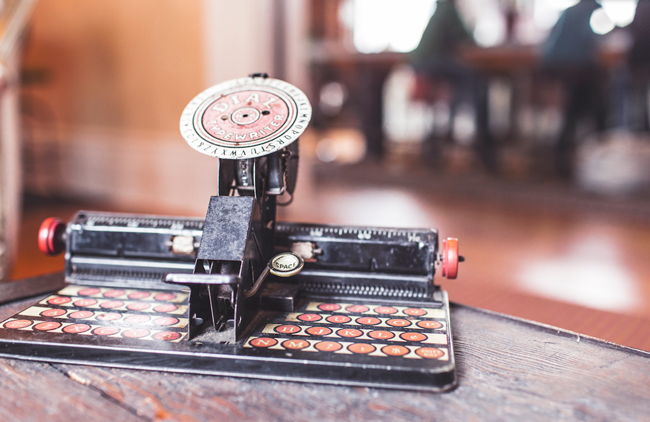
Prototypes fall within the parameters of SR&ED claims because they are used to demonstrate material results that reflect the basic research and experimental development aspects of a valid project. Even if the prototype is sold, this event is considered secondary to its original purpose. From the CRA website:
A prototype is not developed for the purpose of sale or its subsequent use in the business. Normally, the sale of a prototype is only incidental or secondary to the carrying out of the SR&ED work. Usually, the prototype is dismantled, destroyed, scrapped, or otherwise recognized to have nominal residual value (less than 10% of the construction costs of the prototype). It is important to note that even if the asset is sold or converted to use in business operations, it is the purpose for which the asset was constructed that will determine whether it will be treated as a prototype or as a custom product or commercial asset. The development (design, construction, and testing) of a prototype falls within the scope of basic research, applied research, or experimental development.”
As well, it’s possible that several prototypes can be considered valid for a claim. That’s because progressive prototypes can be used to improve and test a process or experiment.
In certain situations, several different versions of a prototype may be developed, each one involving SR&ED in an attempt to improve on the previous version. In other words, each new version of the prototype utilizes the knowledge gained from the previous version. In such cases, for each version of the prototype, the expenditures associated with the identified SR&ED work will be treated as SR&ED current expenditures.”
More on prototypes and SR&ED here.